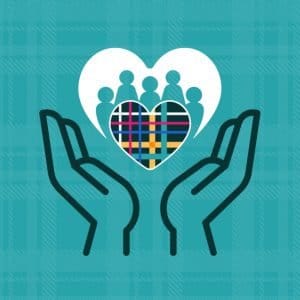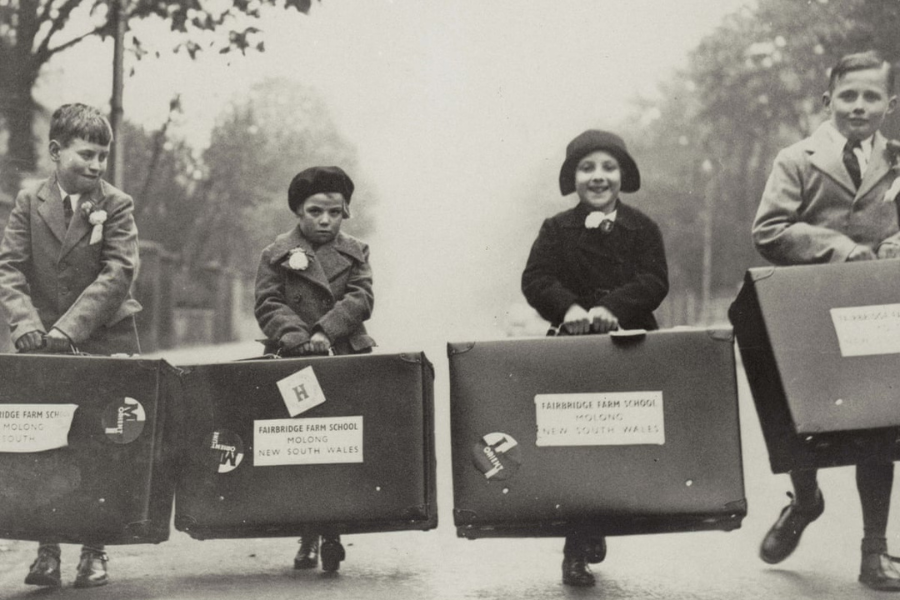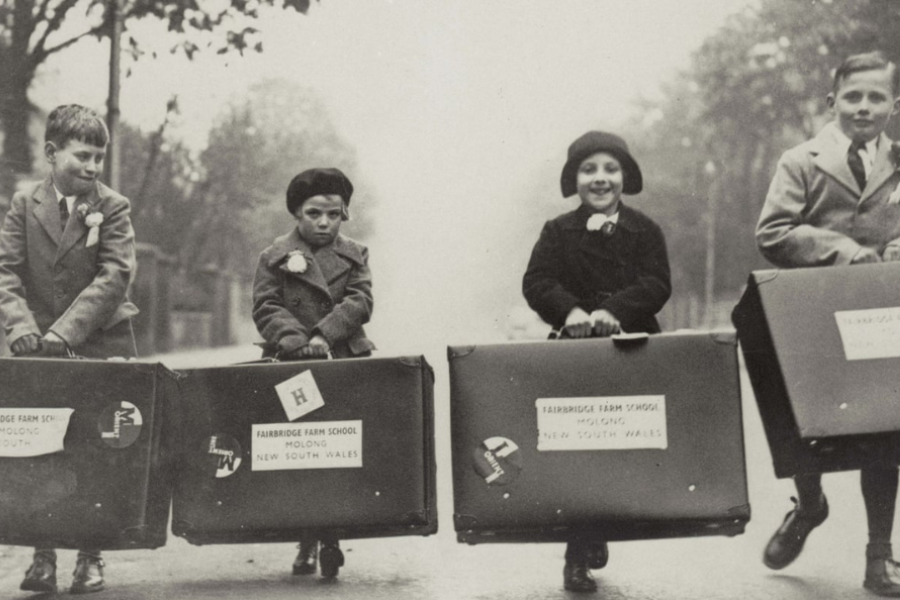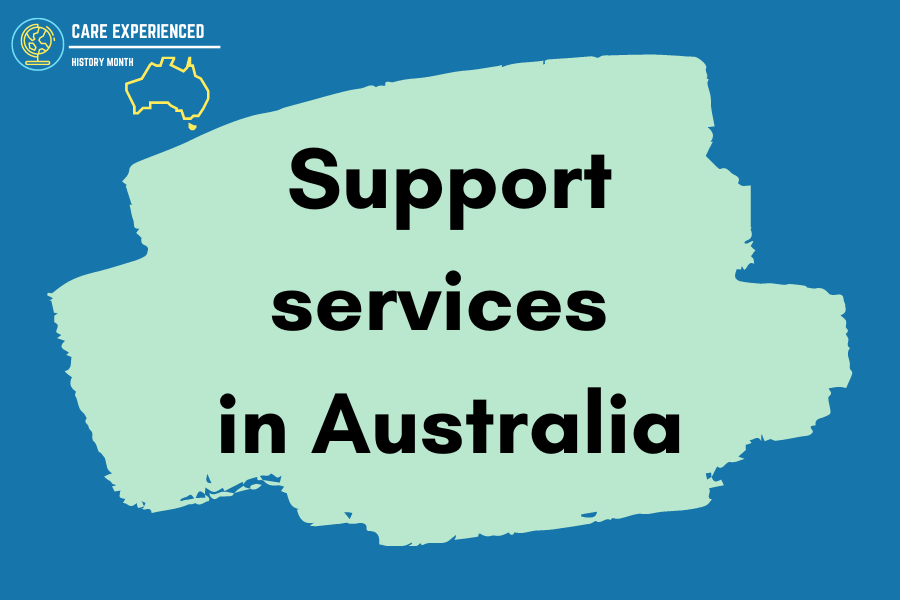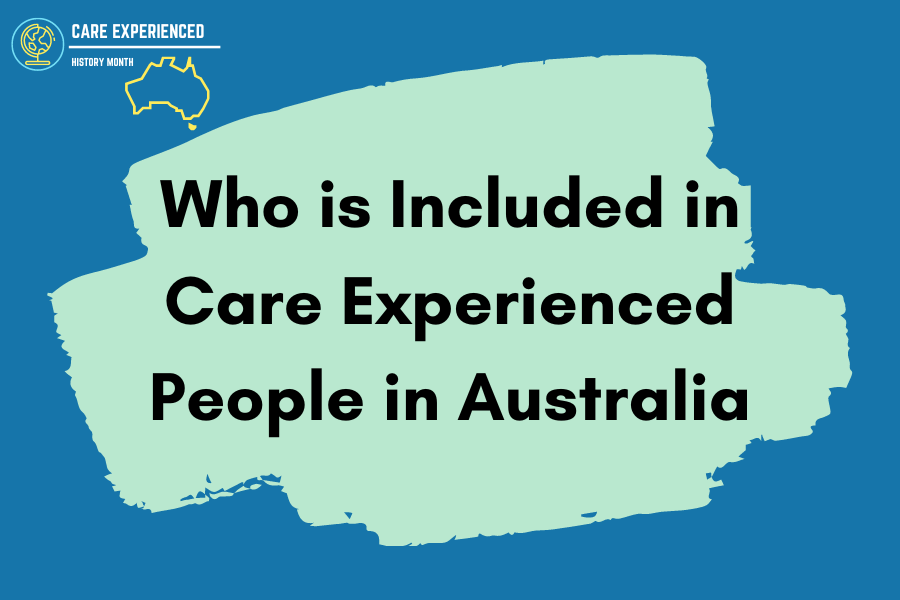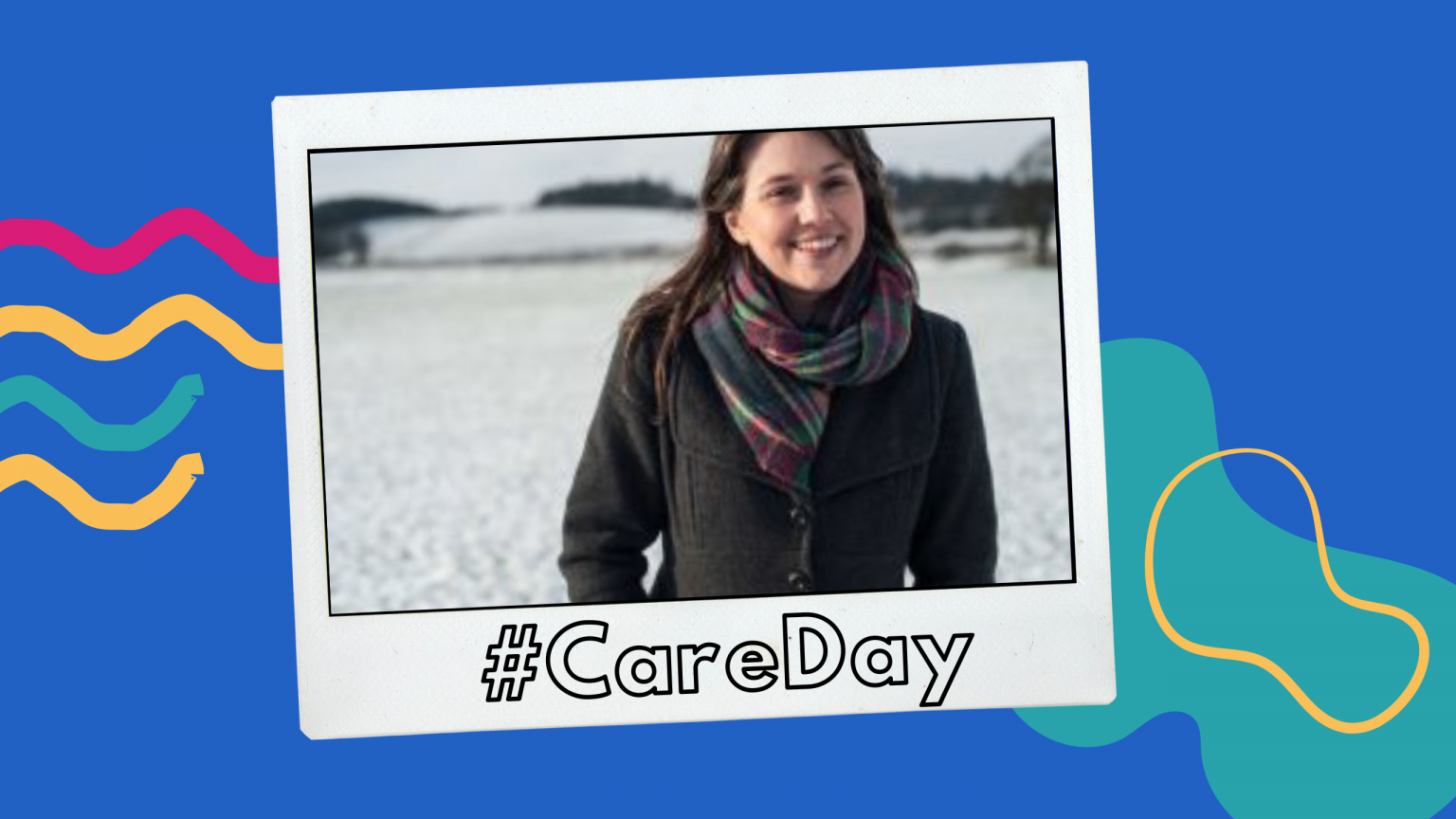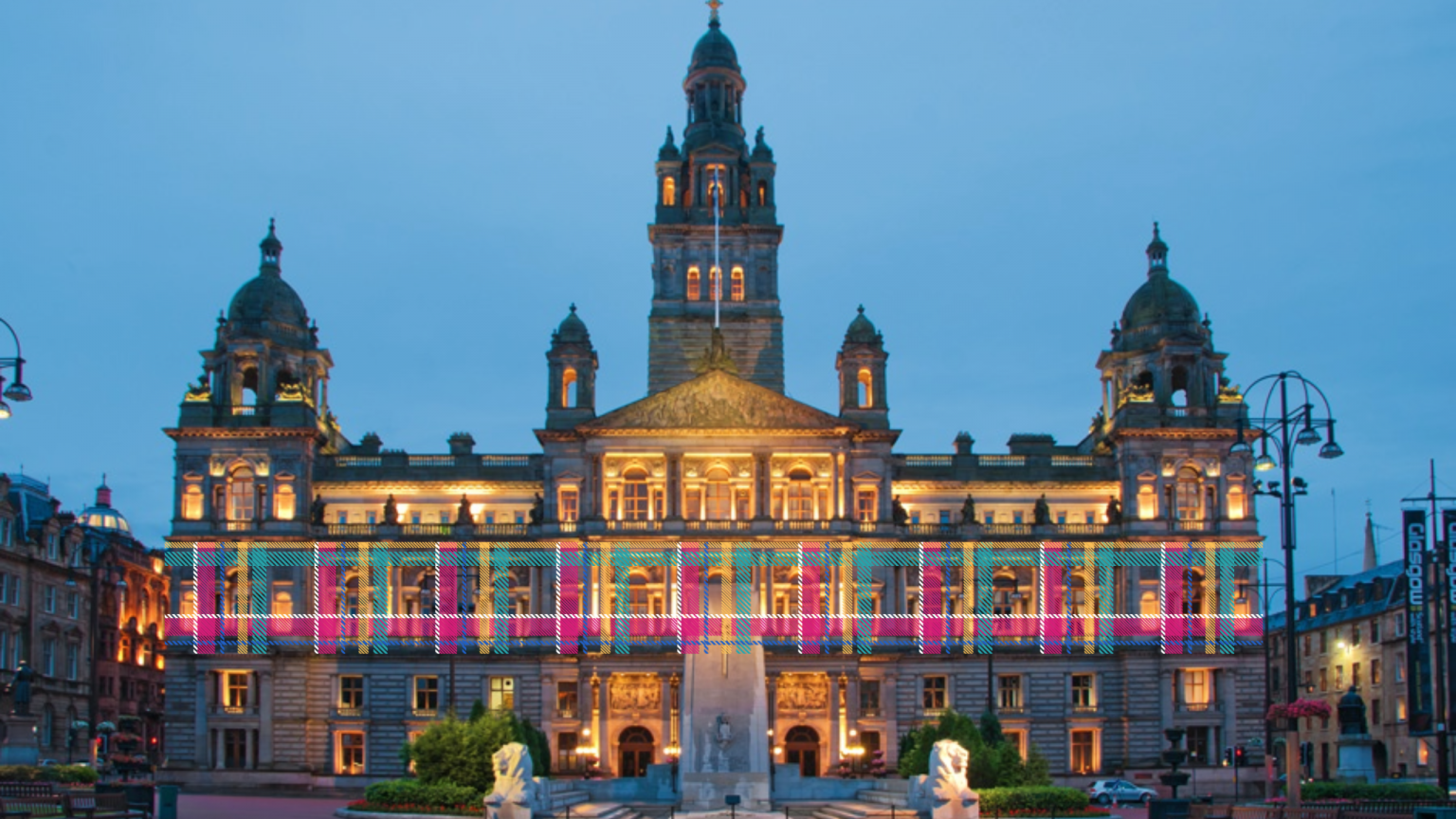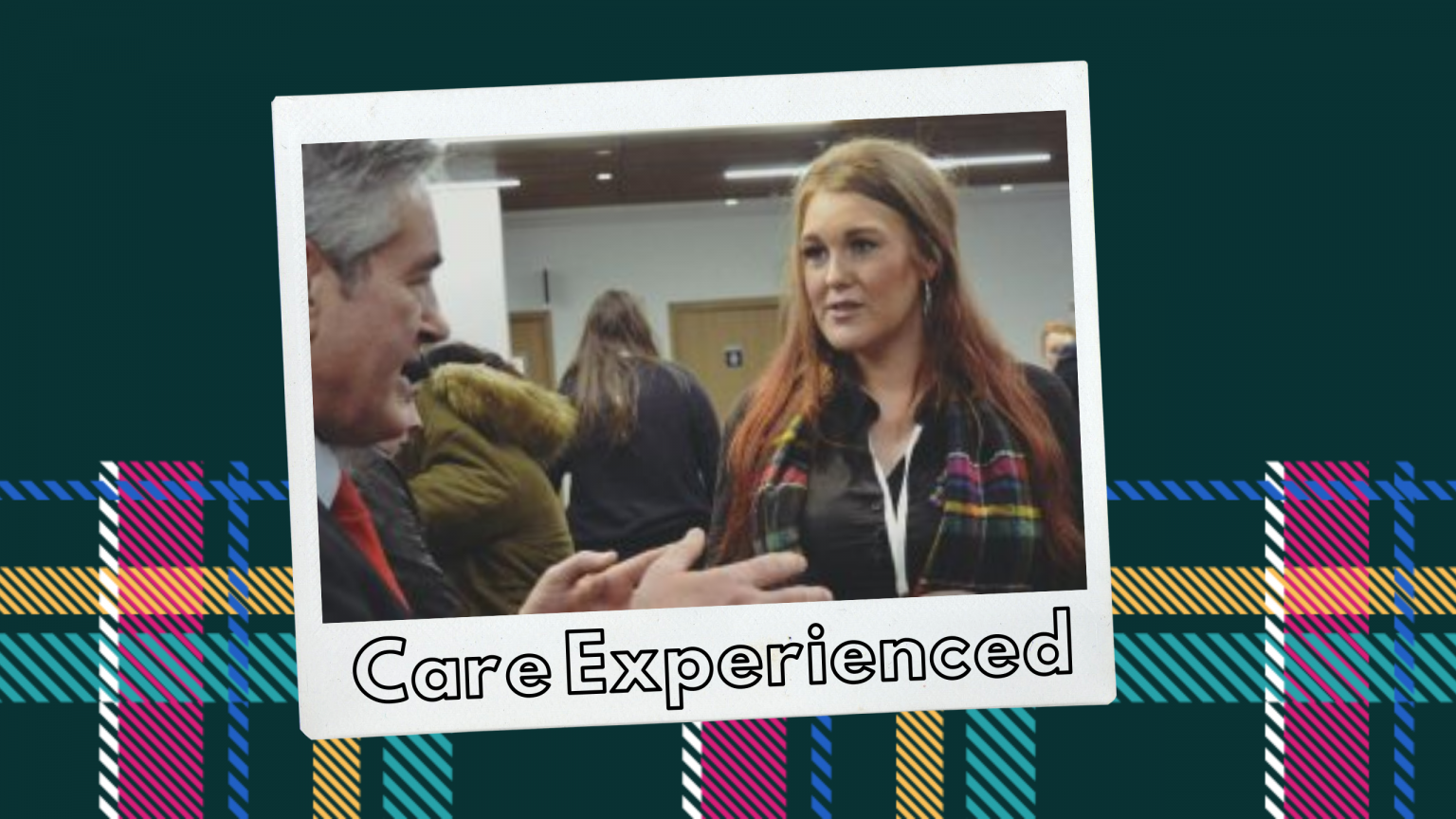If not Care Experienced themselves, it is highly likely that every Australian is either related to, works with, knows or loves someone who has experienced care.
The Australian Senate estimated that in the twentieth century alone upwards of 500,000 Australians experienced care. Included in that figure are 450,000 Australian-born, non-Indigenous children, 30,000-50,000 Indigenous children from the Stolen Generations, and 7000 former child migrants from Britain, Ireland and Malta.
The beginnings of a formal care system in Australia are found in the early period of Australian settlement. However, the focus was not on the quality of the ‘care’ for children but the ‘outcome’.
The preference for institutional care or foster care has fluctuated across time and place in Australia. In the period of 1850-1890, most children were placed into institutional care.
Between 1870 and World War One, foster care emerged as the preferred mode of care for the majority of children under government guardianship.
However, the interwar years witnessed a shortage of available foster carers. As a result, more children were placed in institutional care.
Then large institutions began to close their doors in the 1970s, and by the 1980s, foster care was, once again, where most children were placed.
While non-Indigenous children were fostered, Indigenous children were institutionalised. Indigenous children have been forcibly removed from their families and communities since the beginning of the European occupation of Australia.
This has continued, and today, Aboriginal and Torres Strait Islander children are still over-represented in the care system compared to non-Indigenous children.
But the state care system in Australia has failed many of the children and young people who it was responsible for.
Inquiries into institutions providing ‘care’ for children date back to the mid-nineteenth century.
In more recent years, lobbying by survivor groups has led to public inquiries into historical child abuse, with the Royal Commission into Institutional Responses to Child Sexual Abuse (2013-2017) being the largest royal commission in Australia’s history.
By exploring this history, Australians can begin to understand how the modern-day care system, that children and young people experience today, came to be. While Care Experienced people can gain a deeper understanding of their community and identity.
Stories
History of Care in Australia
Care Experienced people have been a part of Australian society since records began. This page provides a brief background on the history of the care system in Australia.
Support Services
The history of the care system in Australia has some painful moments which may surface some emotions. Should you require support at any time, this page includes some organisations who will be able to help.
Care Experience in Australia
There are many different phrases and terms used to refer to people who have experienced the care system in Australia. Learn what Care Experience means and all the different phrases which are included as Care Experienced people.
Real Care the Second Time Around.
Home care and retirement living provider, Helping Hand, has launched a new resource to support Forgotten Australians accessing care services. It aims to help aged care providers in understanding and supporting the needs of older Care Experienced.
The CLAN library
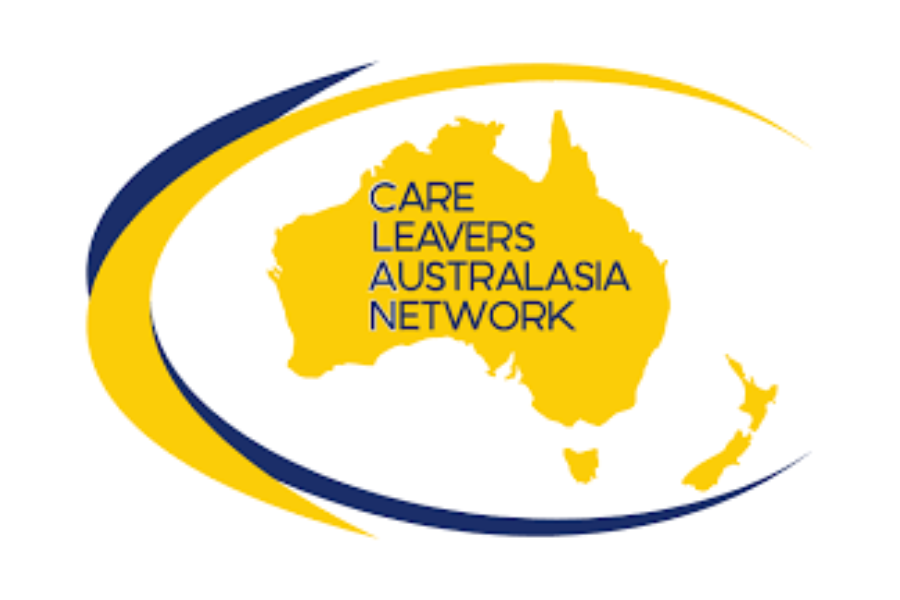
CLAN (Care Leavers Australasia Network) provides support in a variety of support to Care Experienced people in Australia and Aotearoa New Zealand, including advocacy, counselling, social events and an significant library of Care Experienced works.
Listen to CEO Leonie Sheedy talk about the library in this video.
